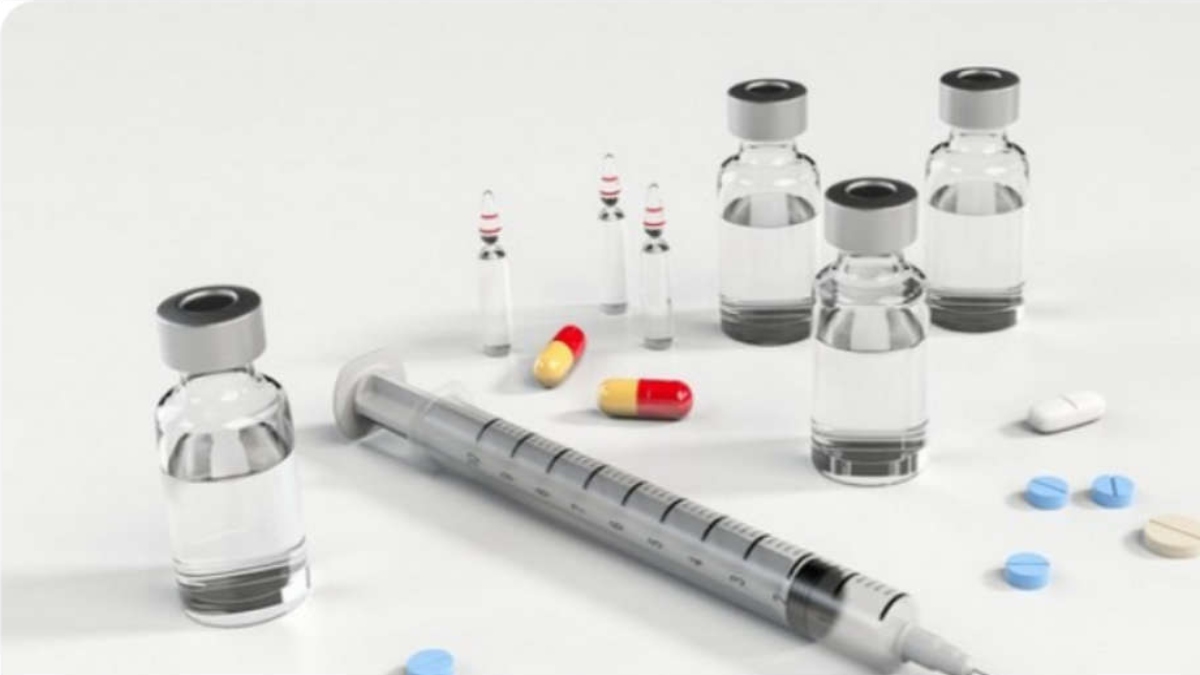


Duchenne muscular dystrophy is a rare genetic condition that causes progressive muscle weakness and other systemic damage. Every year, about 20,000 children are diagnosed with it. Now, a new study has reported that the time of day for providing the drug may be crucial to the effectiveness of such treatments.
The study was published in ‘Science Advances’. Duchenne primarily affects males and is usually diagnosed by age 4. While a variety of therapies can slow progression and extend life expectancy, the disease has no cure yet. Those born with Duchenne seldom live beyond their mid-20s.
In 2017, researchers learned that weekly doses of prednisone, a widely prescribed steroid, appear to provide better support for weakening muscles compared to daily doses while also reducing the significant side effects induced by daily intake.
Mattia Quattrocelli, PhD, a researcher with the Heart Institute at Cincinnati Children’s, is the study’s corresponding author. Co-authors included lab team members Michelle Wintzinger and Karen Miz of Cincinnati Children’s and Northwestern University researchers Daniel Levine, PhD, Clara Peek, PhD, Joseph Bass, MD, PhD, and Elizabeth McNally, MD. The findings represented another advance in the growing field of chronopharmacology, which examines how medications work in sync — or in conflict — with the circadian rhythms of our bodies. A number of important findings in this field have been led by experts at Cincinnati Children’s, which recently launched the country’s only clinic dedicated to childhood circadian sleep disorders.
Confirming a clear time-based influence for the use of prednisone among Duchenne patients very likely will help improve outcomes for affected children, but it also raises questions about the time of day for other uses of the steroid. More than 2.5 million Americans use prednisone and similar drugs to manage inflammation for conditions ranging from allergy treatment to preventing organ transplant rejection.
“Our internal clock system is quite complex. Not only do we have our central circadian rhythm dictated by a special region in our brain, but all our tissues — for instance, muscle — have their own internal molecular clock constantly ticking,” Quattrocelli said. “We are beginning to learn much more about the importance of the timing of drug administrations for their effects in our tissues.”
“In this study, we have focused on the interaction between the muscle clock and drug-activated molecules. But it will require considerably more research to determine how these findings may extend beyond the specific use of prednisone that we studied,” he said.
In mice, the researchers found that once-weekly prednisone doses administered at the start of the light period (approximately 7 am) promoted muscle function. The team observed that the treatment boosted nutrient utilization and strengthened mitochondrial bioenergetics in muscle. It also increased endurance and improved muscle mass and muscle force. However, these responses were lost when dosing occurred in the dark period.
With mice being primarily nocturnal, their circadian clocks vary considerably from humans, so the specific time of day that achieves the most beneficial effect would be different for humans than for mice. However, Quattrocelli and colleagues reported that many of the time-based mechanisms involving muscle cell activity are conserved between mice and humans, which suggested that timing also will matter for treating people with muscle diseases.
If confirmed in future human studies, the findings suggested that precision drug timing may maximize the drug benefits while avoiding side effects that may be more likely when a drug is given at the wrong time of day.